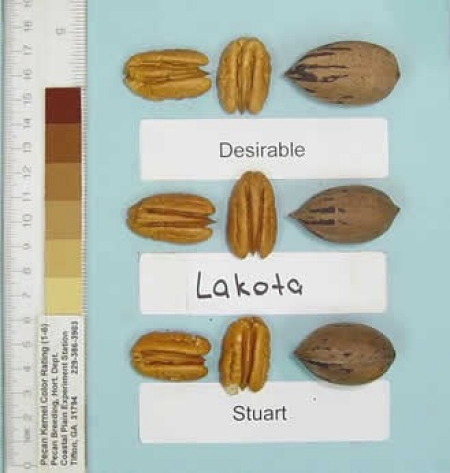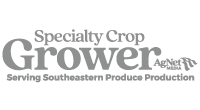
By Clint Thompson
Variety selection may be the most important choice a Southeast pecan producer makes in their quest to remain sustainable.
The variety’s production, combined with a resistance or high tolerance to scab disease, makes it an invaluable choice for growers trying to navigate high input costs and low market prices.
University of Georgia (UGA) Cooperative Extension pecan specialist Lenny Wells highlights a few selections that growers should consider.

“We’ve got three varieties right now that I’m really high on. They would be Avalon, Creek and Lakota. All three of those have excellent yield potential. I think we can average 2,000 to 2,500 pounds an acre with all three of those varieties,” Wells said. “The scab resistance on those is better than most of the things that we grow. Right now, I would rank them in order of scab resistance; Lakota, Avalon and Creek. You can also throw Excel into that group. But I think for consistent production of heavier yields, I think Avalon, Creek and Lakota would do well.”
Considering Excel?
Producers who consider planting Excel must be wary that its percent kernel is a little lower, and it has a greater tendency to alternate bear. It can also be harder to fruit thin. However, the Excel trees that were located in Southeast Georgia emerged from Hurricane Helene pretty well, due to the open canopy and sparse foliage.
Growers who produce Lakota and Creek varieties will need to fruit thin the crop every year.
“Those two varieties, if you don’t fruit thin them, you will get heavy production one year to the extent that your quality is bad and then you won’t have much of a crop at all the next year,” Wells said.









